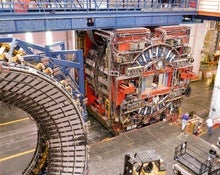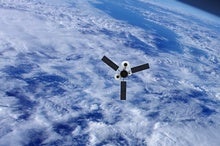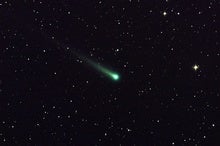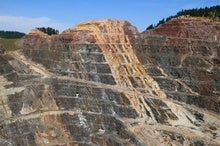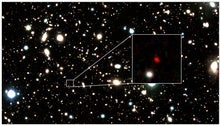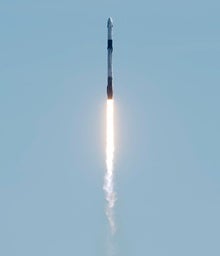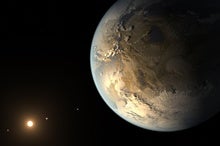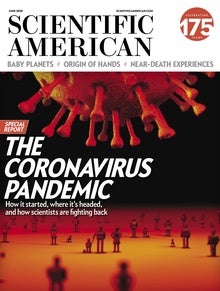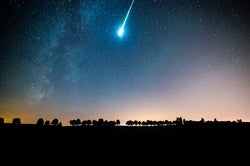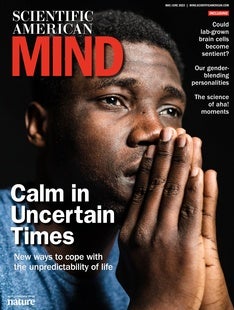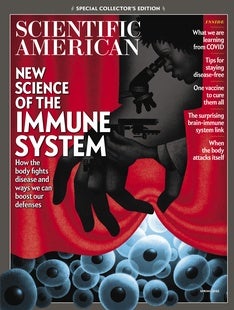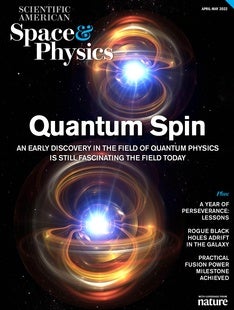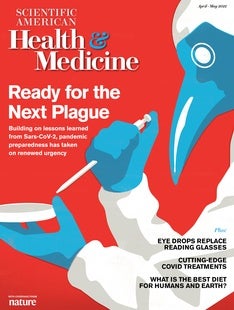|
 | ||||
| April 14, 2022 | ||||
| Dear Reader, This week, we're examining how two titanic rockets—NASA's Space Launch System and SpaceX's Starship—each have revolutionary implications for space science and exploration. Both are now sitting on launchpads in preparation for orbital test flights later this year, and both could eventually be used to loft giant space telescopes and to transport hefty crewed or robotic spacecraft throughout the solar system. Elsewhere, we have stories about unexpectedly weighty fundamental particles, a spy-satellite confirmation of the first known interstellar meteor, trouble for U.S. particle physics deep beneath South Dakota, and much, much more. Enjoy! | ||||
| ||||
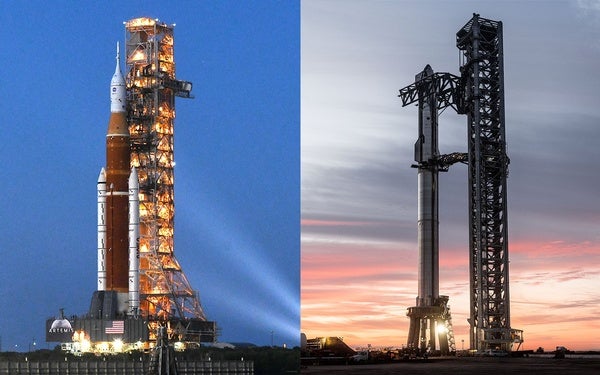 | ||||
| ||||
| ||||
| ||||
| ||||
| ||||
| ||||
| ||||
| ||||
| ||||
| ||||
| ||||
| ||||
| ||||
| LATEST ISSUES | ||||
| ||||
| Download the Scientific American App | ||||
|

